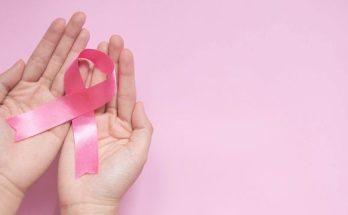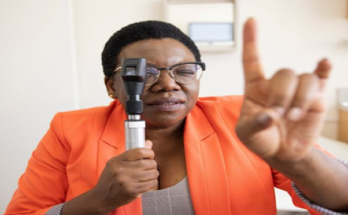Breast cancer remains the most commonly diagnosed cancer among women in South Africa, with sobering statistics indicating that approximately 1 in 27 women will be affected by the disease during their lifetime. Even more concerning is the high incidence among younger women; around 20% of breast cancer cases occur in women under the age of 40, compared to just 5% to 7% in high-income countries. This significant disparity highlights a growing health crisis that demands immediate attention.
On average, South African women receive a breast cancer diagnosis at the age of 34, and it is noteworthy that younger women are often diagnosed with more aggressive forms of the disease. To combat these challenges, the BISSA advocates for women to start performing self-examinations from their twenties and to initiate annual mammograms from age 40.
A breast cancer risk assessment tool can provide insightful information regarding an individual’s likelihood of developing the disease. The tool employs a statistical model based on a woman’s medical history, reproductive history, and family health background, helping to identify those at greater risk.
Who is at risk?
While any woman can potentially develop breast cancer, various factors increase the likelihood:
- Age: The risk rises with age, although 1 in 8 invasive breast cancer cases are diagnosed in women under 45.
- Family history: A close blood relative with breast cancer raises personal risk.
- Personal history: Women with a prior breast cancer diagnosis face a 3 to 4 times increased risk of new cancer in either breast.
- Dense breast tissue: Women with this condition, as identified on mammograms, have a heightened risk.
- Obesity: Being overweight is linked to an increased risk of developing breast and other cancers.
- Lifestyle choices: Factors like excessive alcohol consumption, lack of physical activity, and smoking are significant risk contributors.
- Hormonal factors: A delayed first pregnancy or not having a full-term pregnancy can elevate risks, while breastfeeding for over a year can decrease them.
How to Perform a Breast Self-Examination
Regular breast self-exams can play an important role in detecting changes early and becoming familiar with what’s normal for your body. Experts recommend performing a self-exam once a month, ideally at the same time in your cycle, such as a few days after your period ends, when breasts are less likely to be swollen or tender.
Here’s a simple step-by-step guide:
Step 1: Visual Check (In Front of a Mirror)
Stand or sit in front of a mirror with your shoulders straight and arms at your sides. Look for any of the following changes:
- Differences in size, shape, or symmetry
- Skin dimpling, puckering, or bulging
- Changes in the nipple, such as inversion or discharge
- Redness, rash, or other skin changes
Raise your arms overhead and check again from different angles.
Step 2: Physical Check (Lying Down or in the Shower)
Lying down helps spread the breast tissue evenly, making it easier to feel abnormalities. You can also perform this step while in the shower with soapy hands.
- Use the pads of your three middle fingers
- Move them in small circular motions, covering the entire breast from top to bottom, side to side—from your collarbone to the top of your abdomen, and from your armpit to your cleavage
- Use light, medium, and firm pressure to feel different tissue depths
- Don’t forget to check the armpit area and around the nipple
What to Look Out For
Contact your healthcare provider if you notice:
- A lump or thickening in the breast or underarm
- Swelling, warmth, redness, or darkening of the breast
- Changes in nipple appearance or unexpected discharge
- Any persistent pain in one spot
A self-exam is not a substitute for regular screenings like mammograms or clinical exams, but it’s a valuable way to stay in tune with your body. If anything feels unusual, trust your instincts and seek medical advice promptly.




